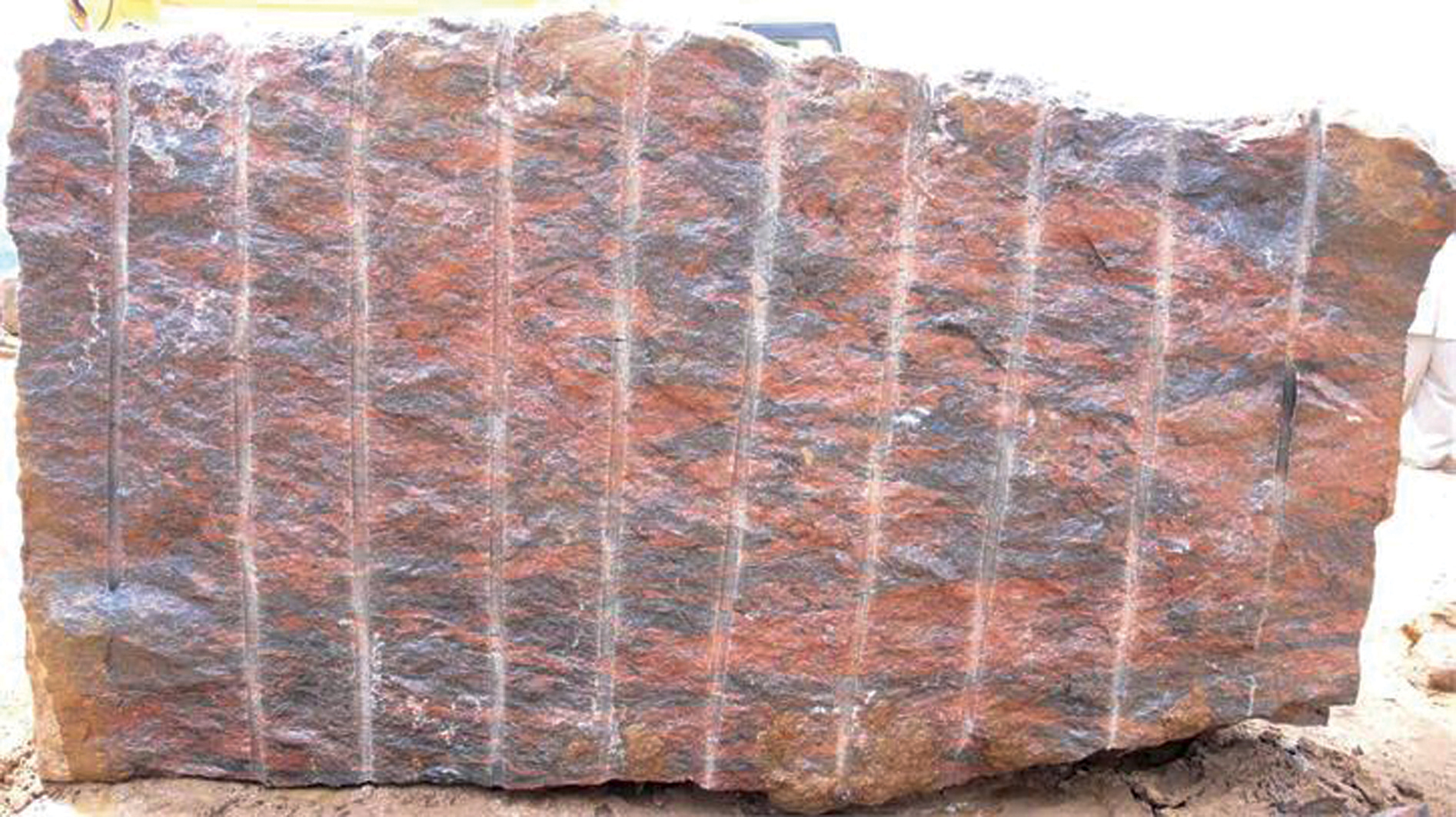Revealing the Mysteries of Granite Quarrying: Where Toughness and Sophistication Meet
The globe of granite quarrying is a realm where the raw toughness of nature converges with human creativity to create structures that stand the examination of time with an air of elegance. From the depths of quarries to the careful sprucing up in workshops, the process of changing granite right into building wonders is a complex dance of custom and advancement. As we peer into the depths of this old craft, we start to uncover the hidden intricacies that form the really significance of our constructed setting.
The Origins of Granite Quarrying
In the annals of building background, the origins of granite quarrying are shrouded in a tapestry of old workmanship and geological wonders. Going back to ancient Egypt and Mesopotamia, the extraction of granite from quarries marked the start of a trip that would at some point result in the development of some of the globe's most iconic structures.
Granite quarrying's origins can be traced to the competent craftsmens that acknowledged the stone's toughness and aesthetic appeal. Through a mix of primitive tools and large resolution, these very early quarry workers unearthed granite blocks that would become the structure blocks of civilizations.
As civilizations advanced, so did the strategies of quarrying granite. The Romans, renowned for their design expertise, established sophisticated techniques for extracting granite to create monuments, temples, and roads that stood the examination of time.
The legacy of these old quarrying methods remains to form modern-day design, with granite staying a symbol of strength and style in building and construction jobs around the world. (granite quarries in south africa)
Devices of the Quarrying Trade
The evolution of granite quarrying techniques from old worlds to modern times highlights the critical duty played by the devices of the quarrying trade in forming the market's practices. In old times, quarrying devices were simple, frequently containing blades, hammers, and wedges made from materials like bronze or iron. These devices required substantial workforce and time to extract granite obstructs from quarries.

In addition, the intro of pneumatic devices and high-powered equipment has actually significantly decreased the physical labor required in quarrying operations, enhancing worker safety and efficiency. As the quarrying industry continues to innovate, the devices of the profession continue to be at the center of driving progression and forming the future of granite removal.
Removing Blocks of Granite
Using accuracy machinery and advanced techniques, the extraction of granite blocks from quarries has actually become a sophisticated process in the modern quarrying sector. The first action includes determining the location and size of the granite deposit to determine one of the most reliable removal technique. Once a suitable website is picked, the removal process begins with the drilling of holes for the positioning of explosives. Controlled blowing up methods are then used to damage apart the granite into workable areas.

Sprucing Up and Completing Methods
To accomplish a remarkable surface area on granite blocks, experienced craftsmens utilize a series of careful polishing and completing techniques. After the first extraction and forming processes, the granite blocks undertake an extensive sprucing up phase to improve their all-natural beauty and durability.
Along with home sprucing up, finishing methods are used to more refine the granite's appearance. news These strategies might include flaming, developing, or cleaning, each offering unique textures and surfaces to match different aesthetic preferences. Flaming, for example, entails exposing the granite surface to heats to produce a harsh, distinctive coating, ideal for outdoor applications where slip-resistance is necessary. Sharpening, on the other hand, provides a matte surface that is smooth to the touch, best for interior kitchen counters and floor covering. By carefully selecting and applying these polishing and finishing methods, artisans can transform raw granite blocks into charming items that showcase both toughness and elegance.

Environmental Influence and Sustainability
With the growing focus on environmental awareness in the market, granite quarrying practices are progressively looked at for their influence on all-natural sources and long-lasting sustainability. Quarrying for granite can have considerable environmental implications. The removal procedure typically involves the usage of hefty machinery, nitroglycerins, and large amounts of water, leading to environment damage, dirt erosion, and water contamination. Furthermore, the transport of granite from quarries to processing centers generates carbon exhausts, further contributing to environmental destruction. granite quarries in south africa.
To alleviate these effects and guarantee sustainability in granite quarrying, market stakeholders are taking on different steps. Applying innovative technologies to lower energy consumption and water use, reclaiming quarried land for environmental restoration, and advertising liable sourcing techniques are some approaches being utilized. Certifications such as the Forest Stewardship Council (FSC) and the Management in Energy Related Site and Environmental Style (LEED) help consumers recognize environmentally pleasant granite products.
Final Thought
To conclude, granite quarrying is a process that requires specialized tools and techniques to extract blocks of granite and polish them to a high degree of finish. While the environmental impact of quarrying can be considerable, efforts are being made to improve sustainability practices in the sector. Generally, granite quarrying is a delicate equilibrium between harnessing the stamina and style of this natural stone while reducing its impact on the atmosphere.